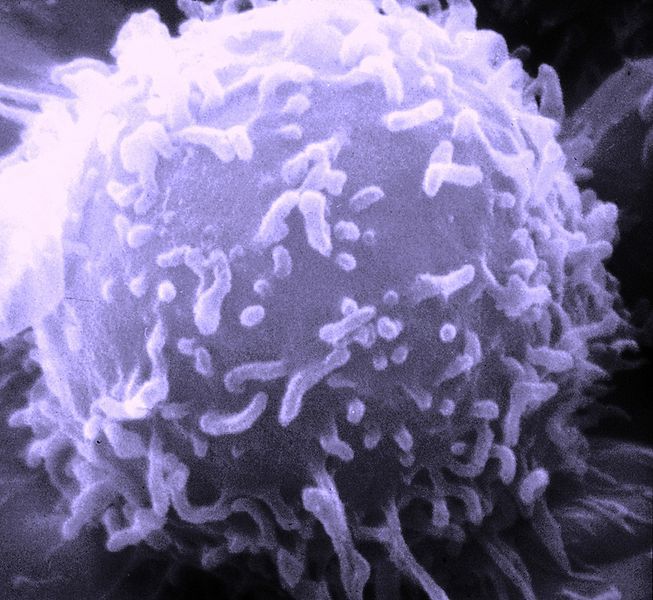-
 Pregnancy
Pregnancy
-
 Light
Light
-
 Steppe
Steppe
-
 Haplodiploidy
Haplodiploidy
-
 Porphyroblast
Porphyroblast
-
 SOHO
SOHO
-
 M65
M65
-
 Aglycone
Aglycone
-
 Cambrian explosion
Cambrian explosion
-
 Call waiting indication
Call waiting indication
-
 Radioactivity
Radioactivity
-
 Hard disk
Hard disk
-
 Apoplast
Apoplast
-
 Ringwoodite
Ringwoodite
-
 Eclogite
Eclogite
-
 Lithium-ion battery
Lithium-ion battery
-
 Oligohaline water
Oligohaline water
-
 Replicase
Replicase
-
 Granulite
Granulite
-
 Gametogenesis
Gametogenesis
-
 Cutaneous
Cutaneous
-
 Cortisone
Cortisone
-
 Special conservation zone
Special conservation zone
-
 Toxicology
Toxicology
-
 Entomology
Entomology
-
 Data switch
Data switch
-
 PCM
PCM
-
 Androgens
Androgens
-
 Fresh water
Fresh water
-
 Unbounded universe
Unbounded universe
Lymphocyte
Lymphocytes are a type of white blood cell.
Structure of lymphocytes
Lymphocytes belong to the leukocyte family (white blood cells). They are small round cells (approximately 7 micrometres in diameter) and contain a nucleus. They are found in blood, bone marrow (where they are produced) and lymphoid tissues (spleen, lymph nodes).
There are two main families of lymphocytes, which do not differ morphologically but are different in molecular terms (depending on the receptors on their cell surface): B lymphocytes and T lymphocytes.
Lymphocyte function
Lymphocytes play a central role in the immune system. Consequently, their blood concentrations increase during infections. The two types of lymphocytes use two different mechanisms.
B lymphocytes (which develop in the bursa of Fabricius in birds, hence the name B), are responsible for antibody production, or humoral immunity.
T lymphocytes (which are produced in the thymus, hence the name T) are involved in cell-mediated immunity.
Lymphocytes and AIDS
T lymphocytes (particularly T4, which carry the surface receptor CD4 on the cell) are target cells for the AIDS virus, which is why people infected with the virus become immunosuppressed.
 Lymphocytes are small round cells. © National Cancer Institute, Wikimedia, public domain
Lymphocytes are small round cells. © National Cancer Institute, Wikimedia, public domain
Latest
Fill out my online form.



